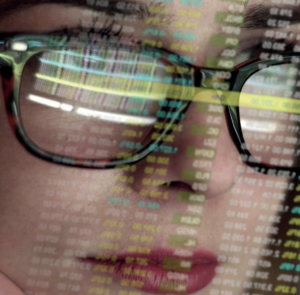The European Green Bond Standard (EUGBS) promises to boost investor confidence and support the long-term growth of the green bond market despite some limitations, according to findings from the latest report from the Institute for Energy Economics and Financial Analysis (IEEFA).
The report – Will Europe’s New Standard Help Or Hinder Green Bond Market Growth? – noted voluntary regulation represents a step in the right direction to tackle greenwashing, while improved transparency can foster more comparable and comprehensive information.
The standard may also address the constraints of existing market-led guidance and require more standardised disclosure around how project pipelines are consistent with an issuer’s environmental sustainability strategy.
The EUGBS will start applying in late 2024 when issued bonds may voluntarily use the label ‘European Green Bond’ or ‘EuGB’.
“With ample projects needed for the net-zero transition, the EUGBS and its role in improving credibility will give issuers potential long-term benefits, thereby underpinning long-term green bond supply,” said Kevin Leung, author of the report and a sustainable finance analyst at IEEFA.
“Issuers can build a track record of EuGB-labelled bond issuances to reflect lower transition risks through four pillars: commitments, capital expenditure pipelines, green asset delivery and governance.”
However, despite its potential to contribute to sustainable growth of the green bond market, the report says that the EUGBS has its limitations. The lack of guidance on standardised impact reporting, for example, makes it more challenging for investors to measure and compare environmental impacts, and a loose allocation timeline for proceeds may let unallocated proceeds accumulate and become difficult to track. This could lower investor confidence in realising timely environmental impacts, particularly for bonds with a distant maturity date.
The report, therefore, calls for follow-up measures to support the uptake of EuGB labels versus other self-claimed labels. This could include revisions of the relevant EU sustainable finance regime and the launch of a comparable impact reporting framework.
Through its issuance, the European Commission is also encouraged to set best practices and communicate with a high level of granularity on each regulatory requirement. This could help issuers to close any knowledge gaps, lowering obstacles to adopting the EuGB label. However, the latest allocated proceeds show low levels of alignment with the EUGBS, raising useability concerns.
The Commission has committed to raise up to €250bn of green bonds to fund part of the NextGenerationEU coronavirus recovery package, which would position the EU as the world’s largest green bond issuer.
Leung added: “High demands from investors raise the EU’s obligation to align all its issuance with the EUGBS. The bloc has not made a clear promise for a gradual alignment as the European Investment Bank has; this does not help promote uptake.”








